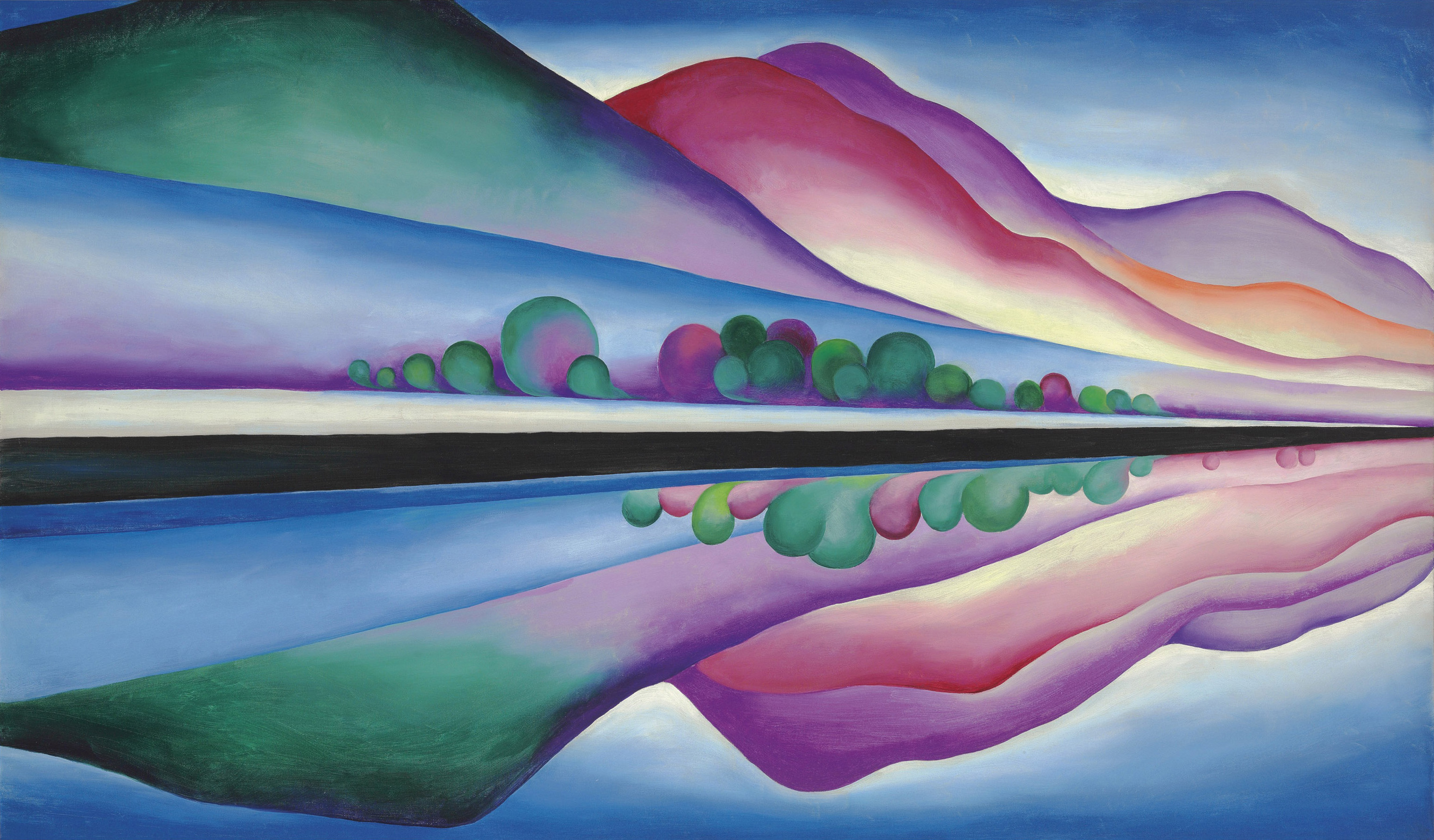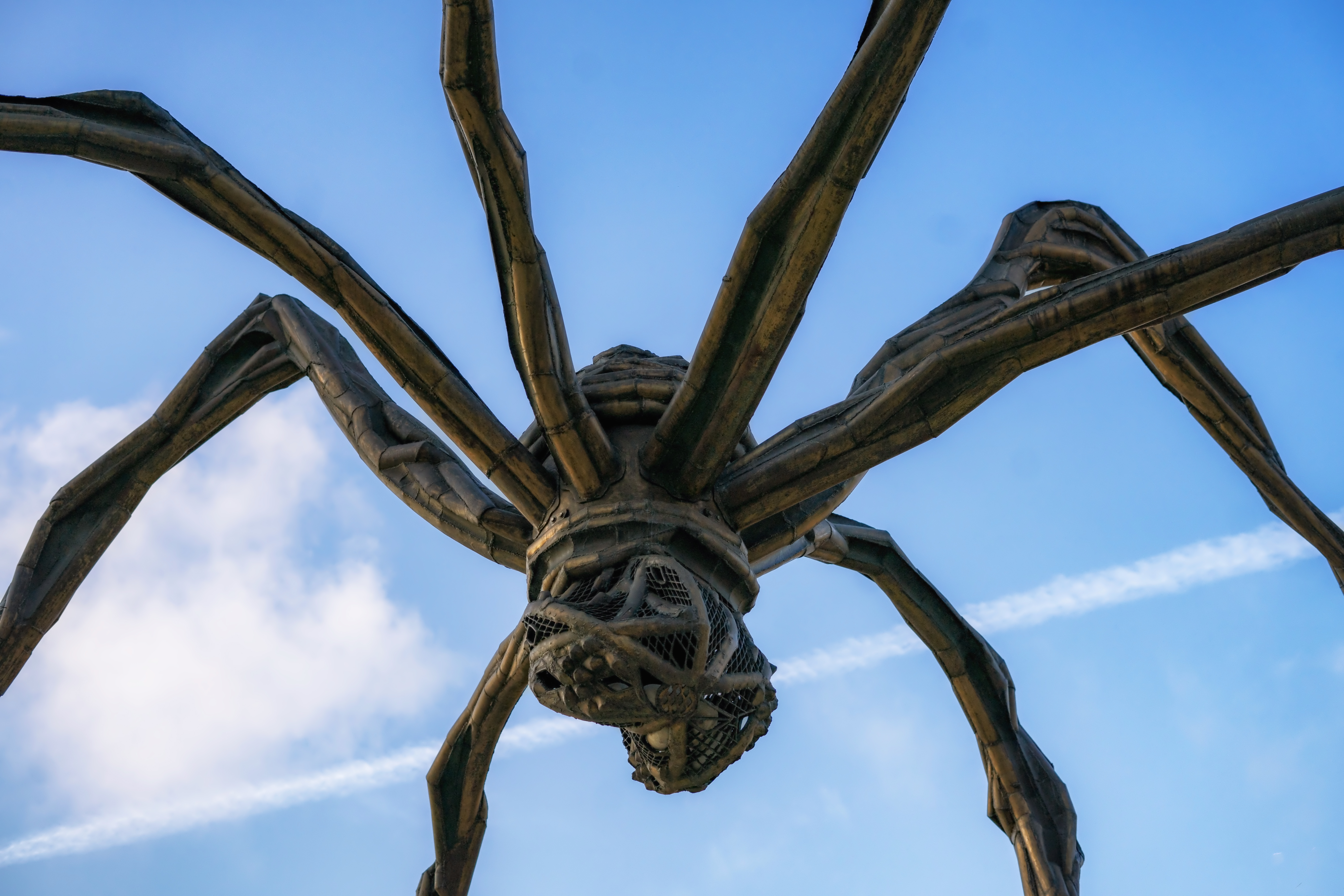Writing an artist statement can seem daunting. In a visual professio, having to explain your work in writing can feel gratuitous. But a compelling artist statement is essential to your career as an artist. What’s more, it’s a great opportunity to reflect on your practice, appreciate the value of your art and tackle anything that isn’t working.
With Artweb’s comprehensive guide, drafting an artist statement has never been easier.
What is an artist statement?
An artist statement sets out your unique philosophy as an artist in no more than 300 words (and sometimes as few as 150). It offers insight into your work, in your own words. It also provides context for your art and enhances the viewer’s experience.
A concise artists statement may reside on a gallery wall at the start of your exhibition, on the opening page of a catalogue or on your website.

Why do you need an artist statement?
When done well, an artist statement can turn something simple into something serious and valuable, worthy of exhibition and purchase. Your statement really is that important.
An artist statement fulfills the demands of many audiences. It is how you communicate your ideas and philosophy to viewers. Those viewers include potential galleries, the general public looking at an exhibition of your work, and academics considering you for a grant or residency. It may also form the basis of your online presence.
The chances are you will need to edit your statement for different audiences, but begin with one master statement that can be revised for varying purposes. If you went to art school, you probably practiced writing one over and over, honing it until it was good enough to impress lecturers and examiners. But the habit can quickly erode. If you are self-taught, it may be something you have never tried or don’t fully understand.
Note that an artist statement is not an artist’s CV. Your resume or CV will list your education and achievements in the same way all professional resumes do.
What to include in an artist statement
The recipe for the perfect artist statement is made up of three basic ingredients: the what, the how and the why.
What
Get to the point. Detail the medium of your work, key themes and ideas, and a brief description of what your art feels like. But remember, you are not providing a physical description of your work. That is evident in the work itself.
“I’ll paint what I see – what the flower is to me – but I’ll paint it huge so they’ll be startled and take the time to look at it.”
Georgia O’Keefe
How
Tackle your process. Here, you’ll describe the materials you use and how you approach your research. You can also address any other unique elements such as collaboration with others or working in the public realm. You could use this section to describe an example of your work that demonstrates what you have discussed so far, something that encompasses your key themes and materials.
“I don’t manipulate or play with space. I declare it. It is by my declaration that my paintings become full.”
Barnett Newman, star of the New York School of Painters

Why
What motivates and drives you to create the work you do? Is it external or internal. This can be the hardest element of a statement to write, as it is often just a “feeling.” Your statement needs to explore that. Include one or two sentences about what you want to achieve through your work.
Roger Hilton was a pioneer of abstract art in post-Second World War Britain. He talks of feeling: “Painting is a feeling… When I paint it is an affair of instinct and intuition, I feel the shape and colors inside myself.”
Create your unique voice
“Blue has no dimensions, it is beyond dimensions, whereas the other colors are not… red presupposes a site radiating heat.”
Yves Klein (1928 – 1962)
Start with your artwork. Look at your portfolio and pay attention to the work you’ve produced. Consider the medium, use of color and texture as well as subject and tone. Identify the similarities among your work and explore why they are relevant. What are the adjectives you would choose? What would a viewer see? Imagine yourself as a stranger, viewing your works in a gallery.
How does your work make you feel? If you’ve done your job properly, this will come across in your work. But does your art convey what you intended? Jot your thoughts down in a notebook.
Why does it matter what the artist intended?
“My feminism expresses itself in an intense interest in what women do. “
Louise Bourgeois (1911-2010)

Sometimes, the intention of an artist means nothing to a viewer. Sometimes the title provides enough information. But a good artist statement can nudge your audience in the right direction, so make sure to notice the range of sentiment your work evokes.
If you find writing tricky, consider recording yourself having a casual conversation about your work with a friend. Transcribe the audio and see if anything stands out.
Alternatively, have someone familiar with your work write an artist statement for you. Getting an outside point of view can be insightful and refreshing, and may help to expand your own perception.
Break your statement down
The overall aim of an artist statement is to give a general introduction to your work, a body of work, or a specific project.
It should be no longer than 300 words. This means no more than a single page.
Paragraph One
It should open with the work’s basic ideas in an overview of two or three sentences or a short paragraph.
Paragraph Two
The second paragraph should go into detail about how these issues or ideas are presented in the work.
Paragraph Three
Explain what inspires you. This isn’t a list of other artists, but what and why you view the world and your art as you do.
BE WARNED: Don’t use biographical elements to fill space. This includes where you were born, schooled and work or every exhibitions you have ever taken part in. A gallery or viewer doesn’t need to know that you were born in Texas and now work out of a garden studio in New Orleans unless it’s relevant to your work.
Now create the perfect artist statement
Keep it short
Every sentence should communicate its own idea in simple terms. Don’t overcomplicate it! Avoid the temptation to borrow lines from other artists and don’t be tempted to create a list. It should read like you – and no one talks in lists. The tone and structure of the text should be unique to you. However, there are some basic rules to follow in regards to the content.
An artist statement can be in the first or third person
You can write in either the first or third person. The third-person offers some interesting opportunities for writing style and self-criticism.
Avoid cliches
This means not starting your sentences with “I am passionate about…” or “My art excites me…” If it didn’t excite or make you passionate, why would anyone else be interested? Avoid too much use of “exploring” or “experimenting.” It all sounds incomplete. You are asking for someone to retort: “Come back to me when it’s finished.”
Be economical with language
Think of sentence-building as a game of jenga. The aim is to remove any unnecessary words, while upholding the sentence’s core idea. Once you’ve completed a first draft, read each sentence aloud and delete words as required. You will probably find space for an additional sentence.
Match your statement to your art
Your art and your artist statement should complement each other. An art expert should be able to pick them out and match them up without prompting. If you are experimenting or exploring something new in your work that departs from the art you are showing, give it a mention.
Don’t waffle
Meandering descriptions of your work mean you aren’t confident or you don’t understand your work. Or, even worse, there is nothing to understand. Yves Kein created canvases of monochromes and his own unique Yves Klein Blue. If he hadn’t been able to say his work was a quest to “liberate colour from the prison that is the line“, his work might have been mistaken for an oversized color chart. It certainly wouldn’t hang in New York’s Museum of Modern Art. Keeping it short and unambiguous shows the work has a clear purpose.

Don’t quote other artists
Your artist statement is a written version of you and your artwork. It shouldn’t be a copy of another’s statement anymore than your art is a copy of someone else’s artwork. Don’t waste valuable space telling the reader what Henri Matisse had to say about colour or Picasso’s take on his Blue Period. Quotes usually work because they are definitive and concise, so create your own. It is always worth looking at the artist statement’s of successful artists, but don’t be tempted to copy.
Be Confident
Avoid words like attempts, hope, should, may, intends and could when talking about your work. It either does or it doesn’t do something. There is no it may do, I hope it does or my intention is that it should… If you’re not confident about your work, your viewer won’t be either. Don’t leave room for doubt. It’s better to leave room for disagreement!
Don’t use jargon
Art theory is important, but don’t show off with your knowledge of John Berger’s Ways of Seeing or apply Jacques Derrida’s concepts of deconstructionism to abstract painting. Your text should clarify your work, not obfuscate. If anyone asks you: “What do you mean?” you probably need to go back to the writing table. Leave the formulaic jargon to the critics! If you have space to pontificate on the meaning of art, you probably need to start again.
Proofread, and proofread again. A second pair of eyes to spot typos is always useful, but friends and family might not have the distance to fully assess your statement.
“An attempt is everything. How marvellous!”
Alberto Giacometti
Keep refining you artist statement
An artist will develop their practice over time. Your mediums, interests and style will change massively even within a few months. Check if you’re statement is still relevant every time you use it.

